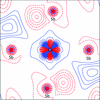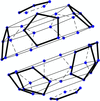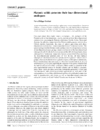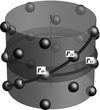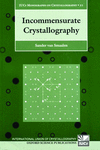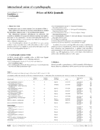issue contents
November 2013 issue

Cover illustration: Experimental charge-density studies of heavy-element, inorganic solids are highly challenging. The experimental static deformation density in a plane for such a compound, CoSb3, is shown. The positive features in between Co and Sb indicate a covalent character of the Co-Sb bond [Schmøkel et al. (2013). Acta Cryst. A69, 570-582].
editorial

research papers
book reviews

international union of crystallography



 journal menu
journal menu















